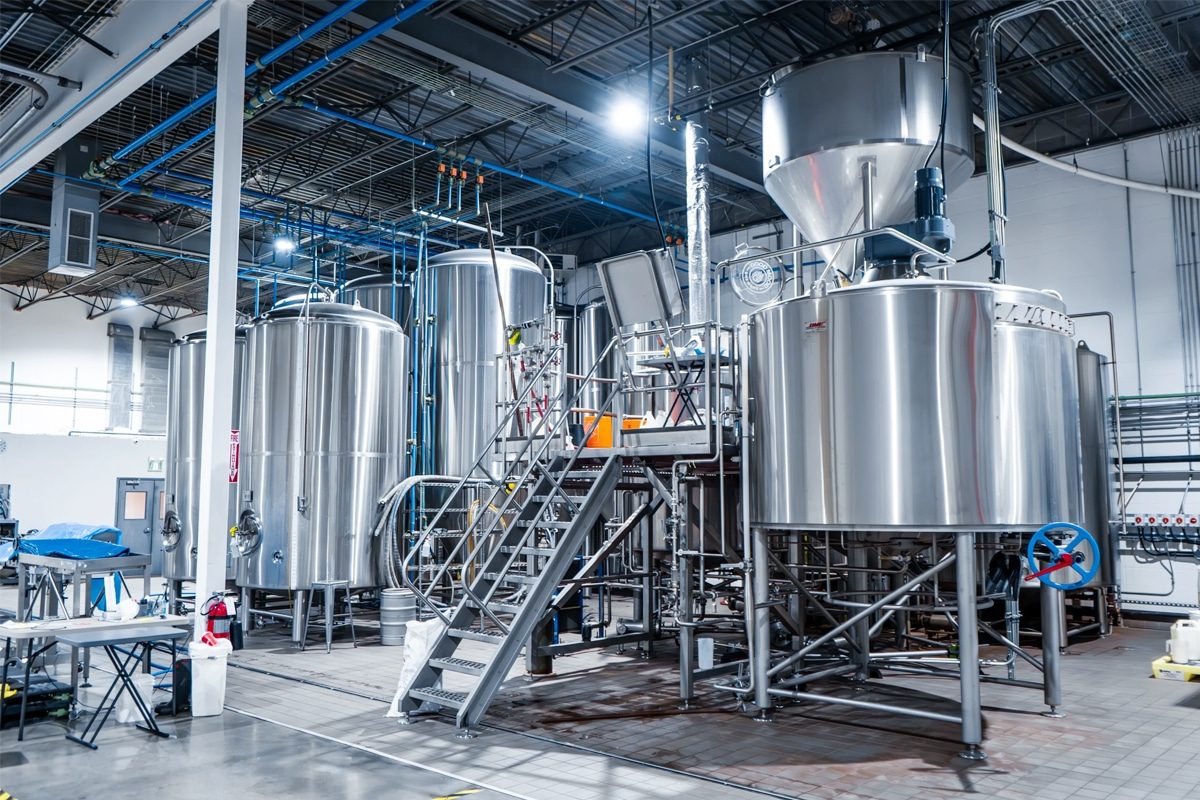
Unlocking The Secrets To Brewery Success
In the effervescent world of craft beer, where creativity flows as freely as the taps, success is more than just the clink of glasses and the cheers of satisfied patrons. It’s the alchemy of passion, innovation, and community that transforms a simple brewery into a thriving institution. As we embark on a journey into the heart of brewing excellence, we explore the intricate tapestry that defines what makes a brewery truly successful.
But what truly sets a brewery apart in a sea of fermentation tanks and tap handles? In this exploration, we’ll uncover the essential ingredients that fuel brewery success. From the artistry of brewing to the power of branding, community engagement, and strategic management, we’ll delve into the nuances that separate thriving breweries from the rest. So, grab your favorite brew, and join us on a journey through the fascinating world of brewery success.
Complete Guide
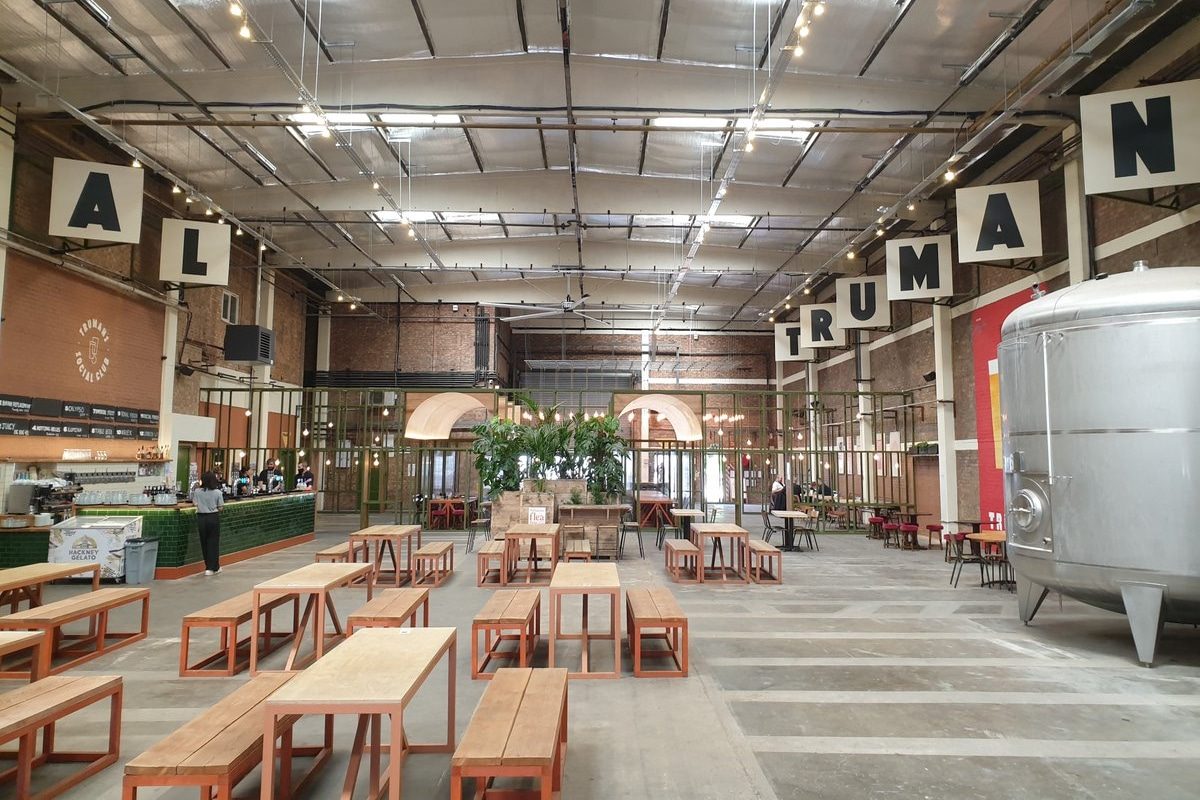
Passion and Vision
In the kaleidoscopic universe of craft brewing, there exists a fundamental truth: passion is the yeast that ferments the foundation of success, and vision is the compass guiding every brewery’s trajectory. At the core of a successful brewery is an unwavering passion for the craft, a fervent love for the alchemy that transforms raw ingredients into a symphony of flavors.
Passionate brewers infuse their creations with an intangible magic, a soulfulness that transcends mere fermentation. It’s this ardor that drives them to obsess over every detail, from the selection of premium ingredients to the meticulous nuances of the brewing process. Their eyes light up with the flame of creativity, their hands crafting beers that are not just beverages but tangible expressions of a deep-rooted love for brewing.
Yet, passion alone is not enough. It requires a vision—a roadmap that navigates the brewery through the ever-evolving landscape of consumer preferences and industry trends. Successful brewers possess a clear vision and foresight that goes beyond the immediate brews to envision a brand, a culture, and a legacy.
This vision manifests in the choice of beer styles, the establishment of a unique identity, and a commitment to quality that transcends the fleeting trends of the market. It’s about understanding the brewery’s place in the larger narrative of the craft beer movement and shaping a legacy that resonates with both loyal patrons and those discovering the brewery for the first time.
Passion and vision are not static, they evolve with each batch brewed and every challenge faced. They inspire innovation, pushing brewers to experiment with novel flavors and techniques, creating a dynamic portfolio that captures the ever-changing preferences of beer enthusiasts.
In the end, it is the harmonious blend of unbridled passion and a visionary compass that sets successful breweries apart. These are the breweries where every sip tells a story, and every brew reflects not just a recipe but a commitment to the enduring pursuit of excellence. As we lift our glasses to these craft artisans, we toast not just to their beers but to the passion and vision that fuel the perpetual journey toward brewing greatness. Cheers to the heartbeats of brewery success!
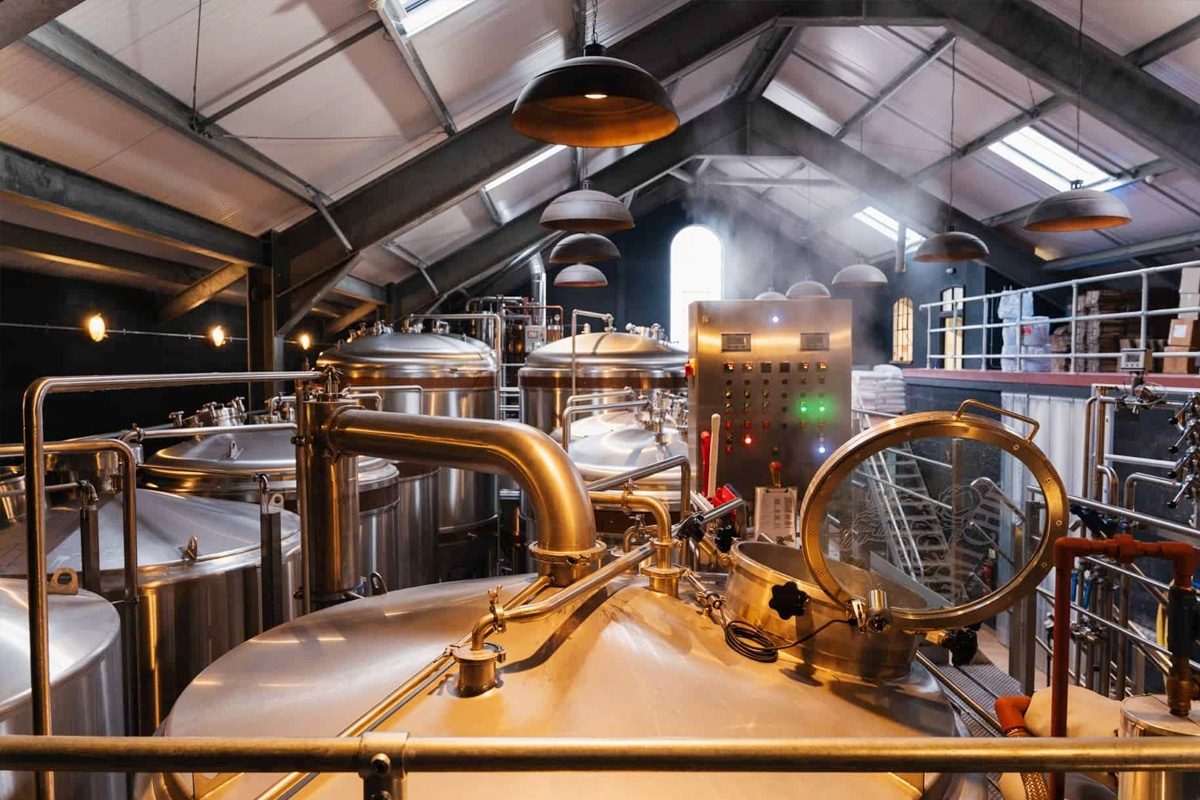
The Art And Science of Brewing
In the world of craft beer, success isn’t just about brewing great beer, It’s about mastering the delicate balance between art and science. From recipe development to fermentation, every step of the brewing process requires a deep understanding of the creativity of brewing and the technical complexities of fermentation and flavor chemistry.
The Creative Craft of Recipe Development
At the heart of every great beer is a carefully crafted recipe that balances multiple ingredients and flavors. Recipe development is where the creative art of brewing truly shines, with brewers experimenting with different combinations of malts, hops, yeasts, and adjuncts to create unique and memorable beers. Drawing inspiration from traditional styles or pushing the boundaries with innovative new recipes, brewers use their intuition and expertise to create beers that excite and delight the senses.
However, recipe development is more than throwing together random ingredients and hoping for the best. It also involves a deep understanding of the science behind brewing, including the interactions between different ingredients, the impact of brewing techniques on flavor profiles, and the importance of consistency and repeatability in the brewing process. Through careful experimentation and rigorous testing, brewers refine their recipes to achieve the perfect balance of flavor, aroma, and mouthfeel, ensuring each batch of beer meets their exacting standards.
The Science of Fermentation and Flavor Chemistry
While the creative aspects of brewing may steal the show, the real magic of beer occurs during the fermentation process, when yeast converts sugar into alcohol and carbon dioxide and creates countless flavor compounds. Understanding the science behind fermentation and flavor chemistry helps brewers continue to produce high-quality beers with complex and nuanced flavor profiles.
Fermentation is a complex biochemical process affected by factors such as yeast strain, fermentation temperature, and wort composition. By carefully controlling these variables, brewers can control the fermentation process to achieve specific flavor profiles, from fruity esters and spicy phenols to rich maltiness and crisp hop bitterness. Through meticulous attention to detail and strict quality control measures, brewers ensure that each batch of beer is fermented to perfection, resulting in a delicious and consistent beer.
Flavor chemistry plays a vital role in shaping the sensory experience of beer, as hundreds of volatile compounds interact to create beer’s unique flavor and aroma characteristics. From the caramel-like sweetness of the malt to the floral and citrus notes of the hops, each ingredient contributes its unique flavor and aroma to the finished beer. By understanding the chemical reactions that occur during brewing and aging, brewers can manipulate these flavor compounds to create beers that are complex, balanced, and delicious.
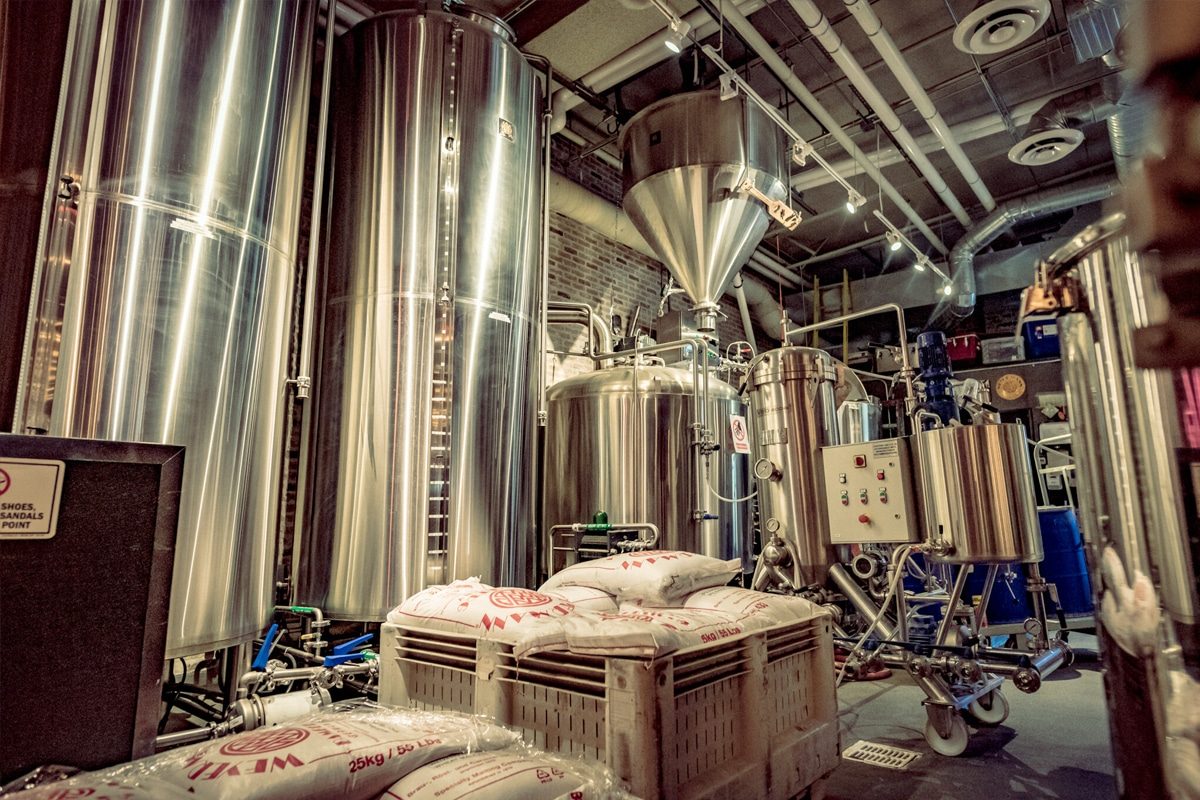
Quality Ingredients and Techniques
In the pursuit of brewery success, one of the foundational pillars is the emphasis on quality ingredients and techniques. Brewing exceptional beer is not solely about the final product, it begins with the careful selection of ingredients and the precise application of brewing techniques.
Selecting the Finest Ingredients
At the heart of every great beer lies a carefully curated selection of high-quality ingredients. From malt and hops to water and yeast, each component plays a crucial role in shaping the flavor, aroma, and character of the final brew. Successful breweries prioritize the sourcing of premium ingredients, seeking out suppliers who share their commitment to quality and sustainability.
Malt serves as the backbone of beer, providing fermentable sugars, color, and body to the brew. Breweries often work closely with maltsters to develop custom malt blends that meet their specific flavor and performance requirements. By selecting the finest malts from reputable suppliers, breweries ensure that their beers have a solid foundation of flavor and complexity.
Hops add bitterness, aroma, and flavor to beer, making them another essential ingredient in the brewing process. From classic noble hops to experimental varieties bursting with tropical fruit and citrus notes, breweries carefully select hops that complement their beer styles and enhance the overall drinking experience. Many breweries also invest in hop contracts to secure a consistent supply of their preferred hop varieties year-round.
Water, often overlooked but no less important, plays a critical role in brewing beer. The mineral content and pH of water can significantly impact the flavor and character of the final brew. Successful breweries pay close attention to water quality, often treating and adjusting their water to achieve the desired brewing profile for each beer style.
Yeast, the unsung hero of brewing, converts sugars into alcohol and carbon dioxide during fermentation, while also imparting unique flavors and aromas to the beer. Brewers carefully select yeast strains that complement their chosen beer styles, whether it’s a clean and crisp lager yeast or a fruity and expressive ale yeast. Some breweries even cultivate their own house yeast strains, adding a distinctive signature to their beers.
Mastering Brewing Techniques
In addition to using quality ingredients, successful breweries employ advanced brewing techniques to maximize flavor, efficiency, and consistency in their brewing process. From mashing and lautering to boiling and fermentation, every step of the brewing process requires precision and expertise to achieve optimal results.
Mashing, the process of extracting fermentable sugars from malted grains, requires careful temperature control and mixing to ensure complete enzymatic conversion. Successful breweries utilize state-of-the-art mash tuns and lautering equipment to achieve high levels of efficiency and extract maximum flavor from the grains.
Boiling is where hops are added to the wort, releasing their essential oils and bitterness into the brew. Breweries carefully time and regulate the boiling process to achieve the desired level of hop bitterness and aroma, balancing it with the malt sweetness and body of the beer.
Fermentation is where the magic happens, as yeast transforms sugars into alcohol and carbon dioxide, while also producing a wide range of flavor compounds. Successful breweries closely monitor fermentation temperature, yeast health, and oxygen levels to ensure a clean and consistent fermentation process.
Quality ingredients and techniques form the cornerstone of brewery success, laying the foundation for exceptional beers that captivate the palate and win over consumers. By sourcing the finest ingredients and mastering advanced brewing techniques, breweries can produce beers of unparalleled quality and consistency, establishing themselves as leaders in the craft beer industry. As we raise a glass to the breweries that prioritize quality in every pint, let us toast to the endless possibilities that lie ahead for the world of craft beer. Cheers to quality ingredients and techniques in brewing!
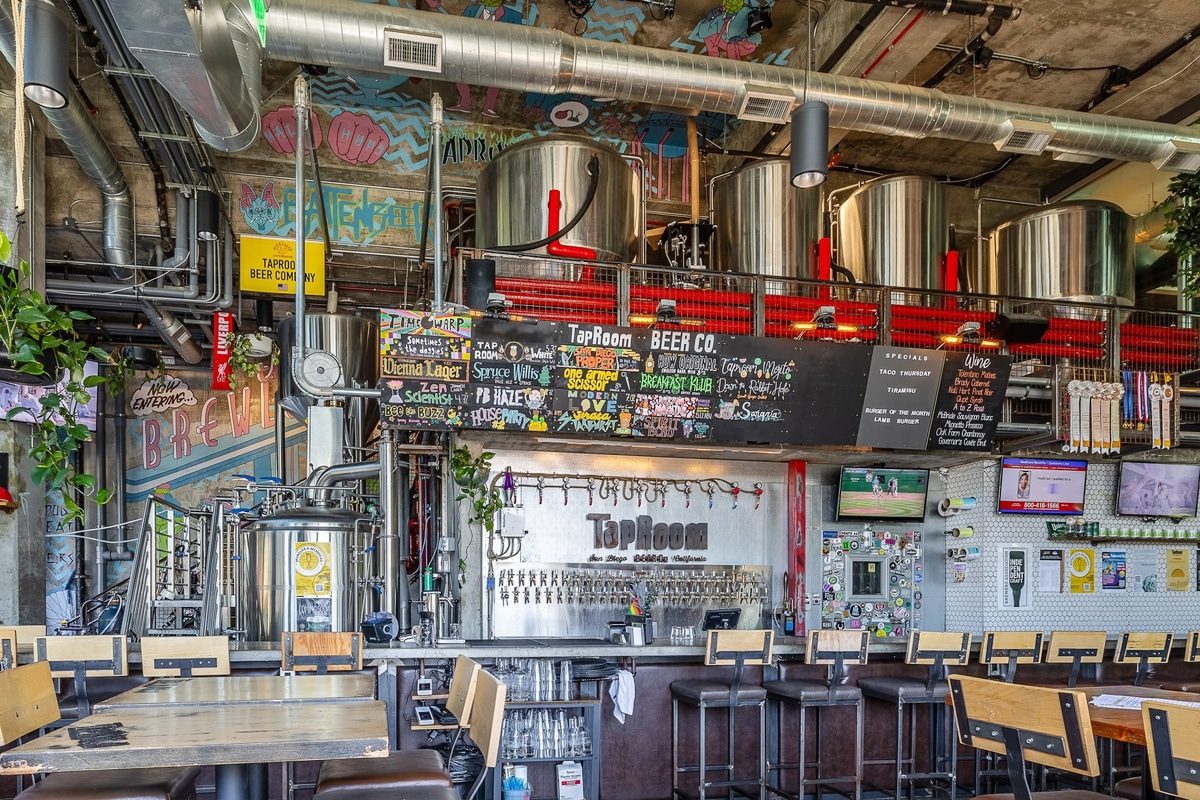
Creativity And Experimentation
In the ever-evolving world of craft beer, success isn’t just about brewing great beer, it’s about pushing boundaries, challenging convention, and daring to innovate. Creativity and experimentation are the driving forces behind the most successful breweries, propelling them to the forefront of the industry and capturing the hearts and palates of beer lovers around the world.
Embrace Creativity
- Artistic Expression: Successful breweries treat brewing as an art form, a canvas on which creativity and imagination can be expressed. From whimsical label designs to bold flavor combinations, creativity permeates every aspect of a brewery’s identity, engaging consumers and setting them apart from the competition.
- Inspired Recipe Development: Creativity thrives in a brewery’s recipe development process, giving brewers the freedom to experiment with unconventional ingredients, techniques, and flavor profiles. Whether adding exotic spices to beer, aging it in whiskey barrels, or incorporating locally sourced fruits and herbs, the possibilities for creative expression are endless.
- Collaborative Spirit: Successful breweries view collaboration as a catalyst for creativity, working with other breweries, artists, musicians, and local businesses to create unique and memorable experiences for their customers. These collaborations not only foster creativity but also strengthen connections within the beer community and raise the profile of breweries around the world.
The Power of Experimentation
- Fearless Exploration: Experimentation is the lifeblood of a brewery’s success, driving innovation and pushing the boundaries of beer. Successful breweries take risks and venture into uncharted territory in search of new and exciting flavors, styles, and brewing techniques.
- Continuous Improvement: Experimentation isn’t just about creating novelty, it’s about honing craftsmanship and refining techniques. Successful breweries view experimentation as a learning process, using feedback and data to iteratively improve their recipes, processes, and products.
- Anticipate Trends: By adapting to changing consumer preferences and market trends, successful breweries are able to anticipate changes in demand and adjust their offerings accordingly. Whether riding the hazy IPA wave, embracing the sour beer renaissance, or exploring the emerging world of alcohol-free beers, breweries that embrace experimentation are well-positioned to thrive in a dynamic and ever-changing industry.
In the pursuit of brewery success, creativity and experimentation are not just luxuries, they are necessities. By embracing creativity as a means of artistic expression and experimentation as a catalyst for innovation, breweries can open up new realms of possibility and stand out in a crowded and competitive marketplace.
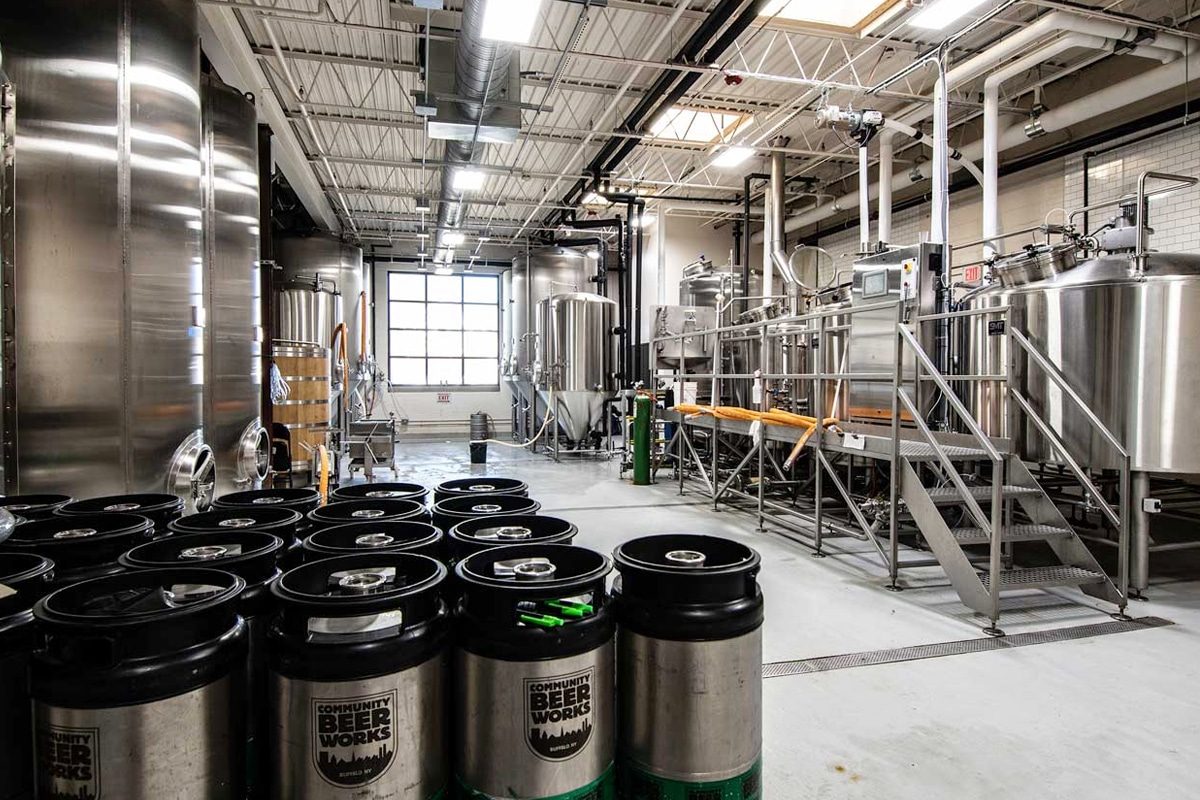
Building a Strong Community Connection
In the world of craft beer, success isn’t just measured by the quality of the brews, it’s also about the connections forged with the community. Breweries that thrive understand the importance of building strong ties with their local communities, creating spaces where beer enthusiasts can come together, share experiences, and form lasting bonds.
Creating Welcoming Spaces
- Taproom Atmosphere: The taproom serves as the heart of the brewery, where beer lovers gather to enjoy pints, share stories, and connect with fellow enthusiasts. Successful breweries create welcoming and inclusive spaces that invite the community in, whether it’s through cozy seating areas, friendly staff, or vibrant decor. By fostering a sense of warmth and hospitality, breweries ensure that every visit is an unforgettable experience.
- Family-Friendly Environment: Many breweries embrace a family-friendly ethos, welcoming guests of all ages to enjoy their offerings. By providing amenities such as board games, outdoor seating areas, and non-alcoholic beverage options, breweries create environments where families can come together to relax and unwind, strengthening their ties to the community.
Hosting Events and Gatherings
- Brewery Events: From live music performances and trivia nights to beer release parties and brewery tours, successful breweries host a variety of events that appeal to a wide range of interests. These events not only draw in new customers but also provide opportunities for community members to come together, socialize, and form connections over their shared love of craft beer.
- Collaborative Projects: Collaborations with local businesses, artists, and community organizations are another way breweries foster connections with the community. Whether it’s partnering with a nearby restaurant for a beer and food pairing event or teaming up with a local charity to raise funds for a worthy cause, collaborative projects create opportunities for meaningful engagement and collaboration.
Supporting Local Causes
- Charitable Initiatives: Many successful breweries are actively involved in giving back to their communities through charitable initiatives and philanthropic endeavors. Whether it’s donating a portion of sales to local nonprofits, organizing fundraisers for community organizations, or volunteering their time and resources, breweries demonstrate their commitment to making a positive impact beyond the walls of their taproom.
- Environmental Stewardship: Breweries also play a role in environmental stewardship by implementing sustainable practices and supporting eco-friendly initiatives. From reducing water usage and waste to sourcing ingredients locally and investing in renewable energy, breweries demonstrate their commitment to sustainability and environmental responsibility, earning the respect and support of environmentally conscious consumers.
In the world of craft beer, success isn’t just about brewing great beer, it’s about building strong connections with the community. By creating welcoming spaces, hosting events and gatherings, supporting local causes, and embracing environmental stewardship, breweries foster a sense of belonging and camaraderie that extends far beyond the pint glass.
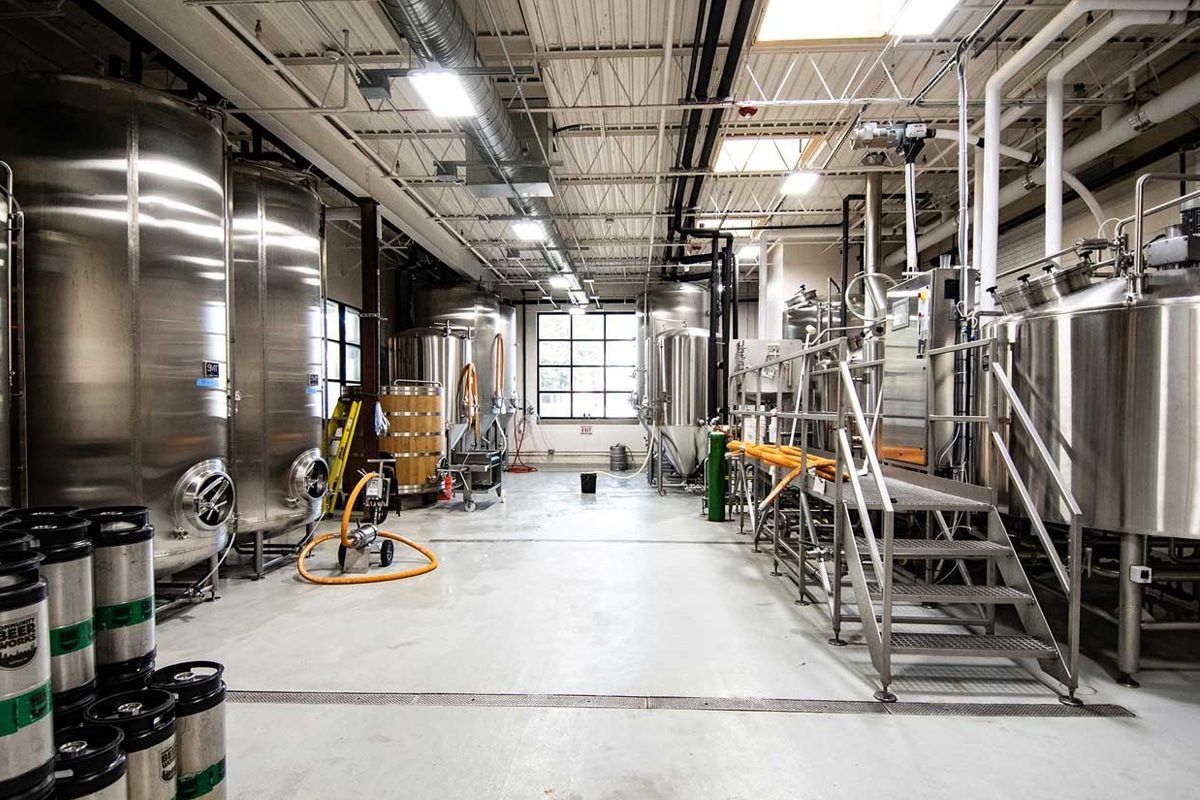
Marketing Strategies and Distribution
In the dynamic and competitive world of craft beer, a brewery’s success depends on more than just the quality of its beer. Equally important is the ability to effectively market and distribute these beers to reach a wider audience. From creative branding programs to strategic distribution partnerships, breweries that excel in marketing and distribution capture greater market share and establish themselves as industry leaders.
Strategic Brand Positioning
- Understand Your Target Audience: Successful breweries start with a thorough understanding of their target audience. By identifying consumer preferences, demographics, and behaviors, breweries can tailor their marketing messages and products to resonate with specific segments of the market.
- Consistent Brand: Building a recognizable and consistent brand is key to success. From logo design and packaging to social media presence and merchandise, successful breweries create a cohesive and memorable brand identity that makes them stand out in the minds of consumers.
- Storytelling Through Marketing: Effective storytelling can amplify a brewery’s brand and foster connections with consumers. Whether highlighting a brewery’s origins, showcasing the brewing process, or sharing the inspiration behind a new product, an engaging narrative engages customers and makes the brewery more than just a beverage provider, but an experience.
Digital Presence And Social Media Engagement
- Master Social Media: In today’s connected world, a strong digital media presence is crucial. Successful breweries use social media platforms to engage with their audiences, share behind-the-scenes footage, launch new products, and build communities around their brands. Regular, authentic interactions on platforms like Instagram, Facebook, and Twitter can increase brand awareness and foster a sense of belonging.
- E-commerce and Online Sales: With the rise of e-commerce, successful breweries are embracing online sales channels. Whether it’s through an e-commerce platform on its website or a partnership with an online retailer, providing easy access to products allows a brewery to reach a wider audience beyond its physical location.
Effective Distribution Channels
- Local Distribution Partners: Building strong relationships with local distributors can help expand a brewery’s reach. By partnering with distribution companies, breweries can ensure their products are sold in local bars, restaurants, and retail stores, thereby reaching consumers who might not visit a brewery taproom.
- Regional and National Distribution: Regional and national distribution is a strategic move for breweries looking at the broader market. This involves working with larger distributors to get the product into supermarkets, liquor stores, and restaurant chains across a wider geographical area. However, in these scenarios, maintaining consistency and quality becomes critical.
- Exclusive Taproom Events: While wider distribution is important, successful breweries often focus on their taprooms and offer exclusive releases and events to drive foot traffic. This dual approach allows them to maintain a strong local presence while expanding their reach into new markets.
Collaborative Marketing Efforts
- Partnering with Influencers and Media: Partnering with influencers, beer writers, and media can expand a brewery’s reach. Collaborative efforts such as exclusive tastings, brewery tours, or sponsored content can reach new audiences and add credibility to a brewery’s brand.
- Attend Oktoberfests and Events: Oktoberfests and events provide great exposure opportunities. Successful breweries actively participate in and sponsor such gatherings, gaining visibility, engaging with consumers, and potentially gaining valuable partnerships that contribute to their overall success.
In the ever-growing craft beer scene, marketing strategies and distribution channels are the threads that integrate breweries into their communities and beyond. By strategically positioning their brands, engaging with consumers online, optimizing distribution networks, and partnering with influencers and events, successful breweries ensure their craft reaches a wide range of enthusiasts.
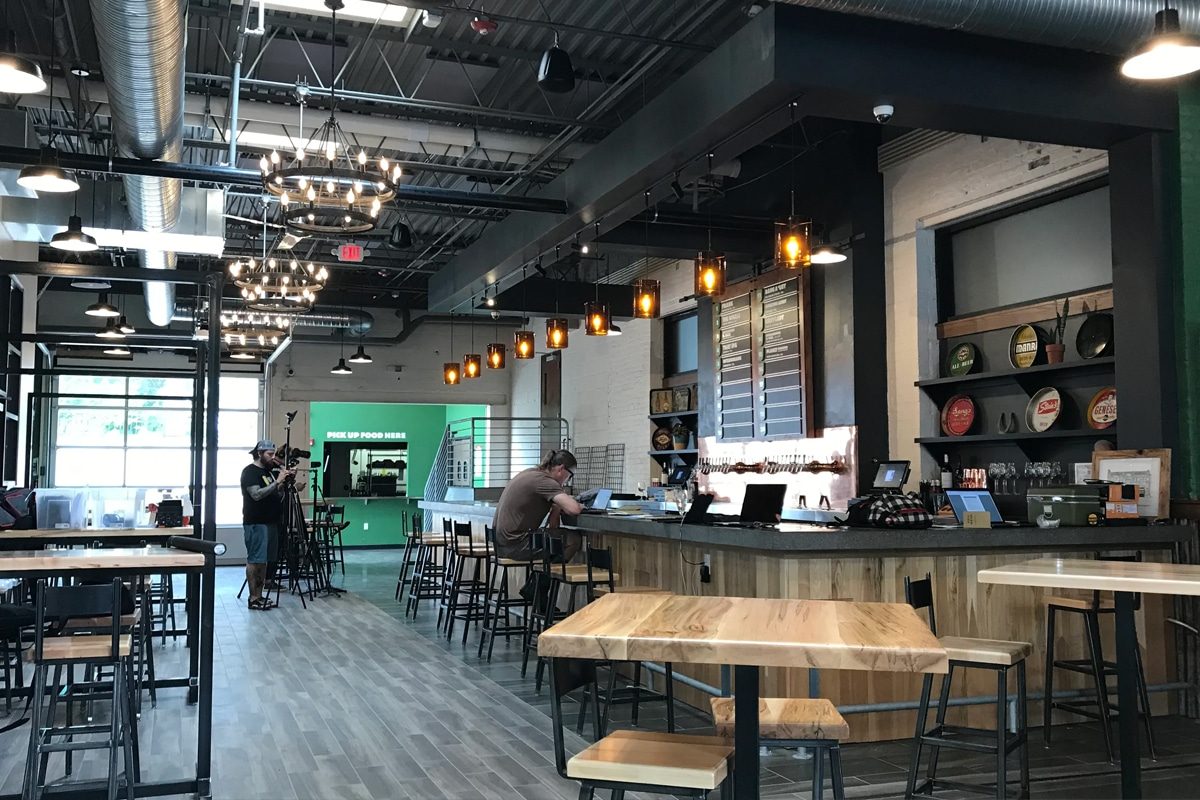
Customer Experience and Service
In the world of craft beer, every sip is an experience, every brewery visit is a journey, and success is closely tied to customer experience. Exceptional service and a memorable customer journey not only create loyal customers but also set successful breweries apart from others.
Warm Welcome
- Hospitality At Its Core: Successful breweries understand that hospitality is about more than just serving a drink, it’s also about providing good service. This can make guests feel welcome and valued. From the friendly greeting at the door to the attentive service at the bar, the brewery creates a welcoming atmosphere that puts customers at ease and encourages them to relax and enjoy themselves.
- Knowledgeable Employees: Employees play a vital role in shaping the customer experience. Successful breweries invest in training employees who understand the beers they serve, are good at making suggestions, and can answer questions about the brewing process. This expertise increases customer appreciation of the beer and builds trust in the brewery’s brand.
Engaging Experience
- Interactive Taproom Experiences: A bar is not just a place to drink beer, it is a center for social interaction and entertainment. Successful breweries offer a variety of experiences, from brewery tours and tastings to live music and trivia nights, to engage customers and create lasting memories.
- Educational Opportunities: Many successful breweries use their taprooms as educational spaces, offering workshops, classes, and tastings to allow patrons to learn more about beer and brewing. These educational opportunities deepen customers’ connections with the brewery and increase their appreciation for the craft.
Consistency and Reliability
- Consistent Quality: Consistency is key to building trust with your customers. Successful breweries maintain high-quality standards in both beer and service, ensuring that every pint poured and every interaction with employees meets or exceeds customer expectations.
- Operational Reliability: Operational reliability helps deliver a seamless customer experience. From efficient bar service to prompt responses to inquiries and feedback, successful breweries prioritize reliability in every aspect of their operations, instilling confidence in their customers and building long-term loyalty.
Listen and Respond
- Ask for Feedback: Successful breweries actively seek feedback from their customers, whether through comment cards, online surveys, or direct conversations. By soliciting feedback, breweries demonstrate their commitment to continuous improvement and show customers that their opinions are valued.
- Responsiveness and Adaptability: Equally important is a brewery’s ability to listen to customer feedback and adjust accordingly. Whether adjusting their beer lineup based on customer preferences or implementing changes to improve the customer experience, successful breweries are responsive to customer feedback and flexible to meet customer needs.
In the competitive landscape of craft beer, success depends not only on the quality of the beer but also on the quality of the customer experience. By prioritizing a warm welcome, engaging experiences, consistency, and responsiveness, successful breweries create environments where patrons feel valued, appreciated, and eager to return.
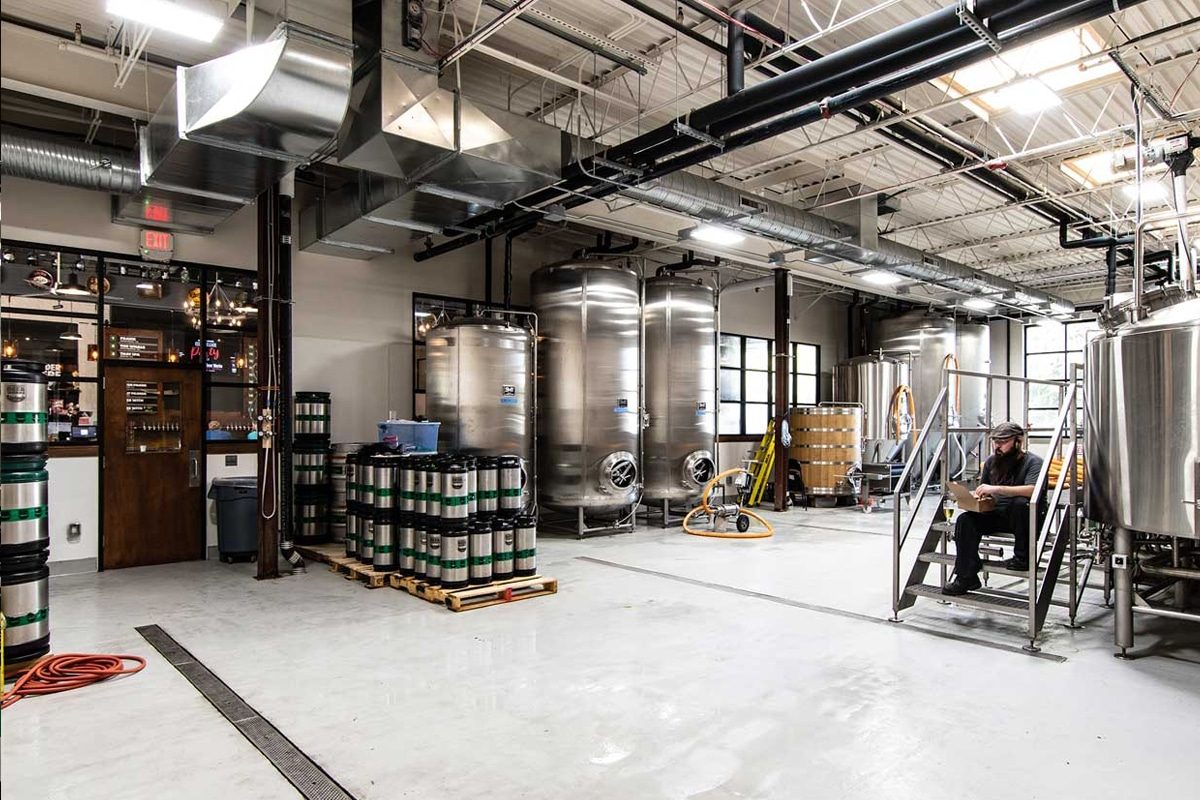
Innovation and Evolution
Innovation and growth are the driving forces behind any brewery’s success in the dynamic craft beer scene. From pushing the boundaries of traditional brewing techniques to pioneering emerging trends, successful breweries make innovation a cornerstone of their philosophy.
Continuous Formulation Innovation
- Ingredient Experimentation: Successful breweries treat each batch of beer as an opportunity to try new and exciting ingredients. From unique hop varieties to unconventional adjuncts, they embrace the endless possibilities of the brewing palette. This commitment to experimentation results in unique and memorable beers that captivate taste buds and keep customers coming back for more.
- Pushing Style Boundaries: Successful breweries move away from traditional styles and redefine the boundaries of beer. Whether it’s a hybrid style that combines elements from different beer categories or a completely new creation that defies classification, pushing the boundaries of style allows breweries to showcase their creativity and contribute to the growth of the craft beer landscape.
Innovative Brewing Technology
- Barrel Aging and Blending: Barrel aging and blending have become an art form in the craft beer world. Successful breweries use these techniques to impart complex flavors and aromas, creating beers that evolve over time. From sour ales aged in wine barrels to rich stouts blended with various vintages, these innovative approaches add layers to the brewery’s offerings.
- Unconventional Fermentation: Using unconventional fermentation methods, such as wild fermentation and mixed fermentation, results in a range of flavors and aromas. Successful breweries embrace the unpredictability of wild yeast strains and bacteria to produce beers with unique characteristics that evolve over time. This commitment to unconventional fermentation sets them apart in a sea of traditional brewing methods.
Sustainability and Environmental Practices
- Green Brewing Initiative: Sustainability is a driver of brewery success. From water conservation and energy efficiency to waste reduction and eco-friendly packaging, breweries are committed to green brewing practices. Not only does this resonate with environmentally conscious consumers, but it also positions breweries as responsible players in the industry.
- Sourcing Local Ingredients: Successful breweries often prioritize sourcing ingredients locally, supporting local farmers and businesses. Not only does this promote community engagement, but it also allows breweries to showcase the unique flavors of their local terroir, adding a layer of authenticity to their beers.
Adapt to Consumer Trends
- Seasonal and Limited-Edition Beers: Successful breweries recognize the power of anticipation and regularly release seasonal and limited-edition beers. This strategy not only keeps their beer lineup fresh and exciting, but it also taps into consumer enthusiasm for exclusive releases, creating a sense of urgency and demand.
- Collaborative Culture: Collaboration has become a hallmark of innovation in the craft beer industry. Successful breweries partner with other breweries, local businesses, and even non-beer brands to create unique and compelling beers. These collaborations build excitement, expand the brewery’s reach, and often produce beers that push creative boundaries.
Innovation and growth are the lifeblood of a successful brewery, propelling it into uncharted territory and shaping the future of craft beer. By continually experimenting with ingredients and brewing techniques, embracing sustainability, and adapting to changing consumer trends, breweries are positioning themselves not just as trendsetters, but as leaders in an industry that thrives on creativity and change.
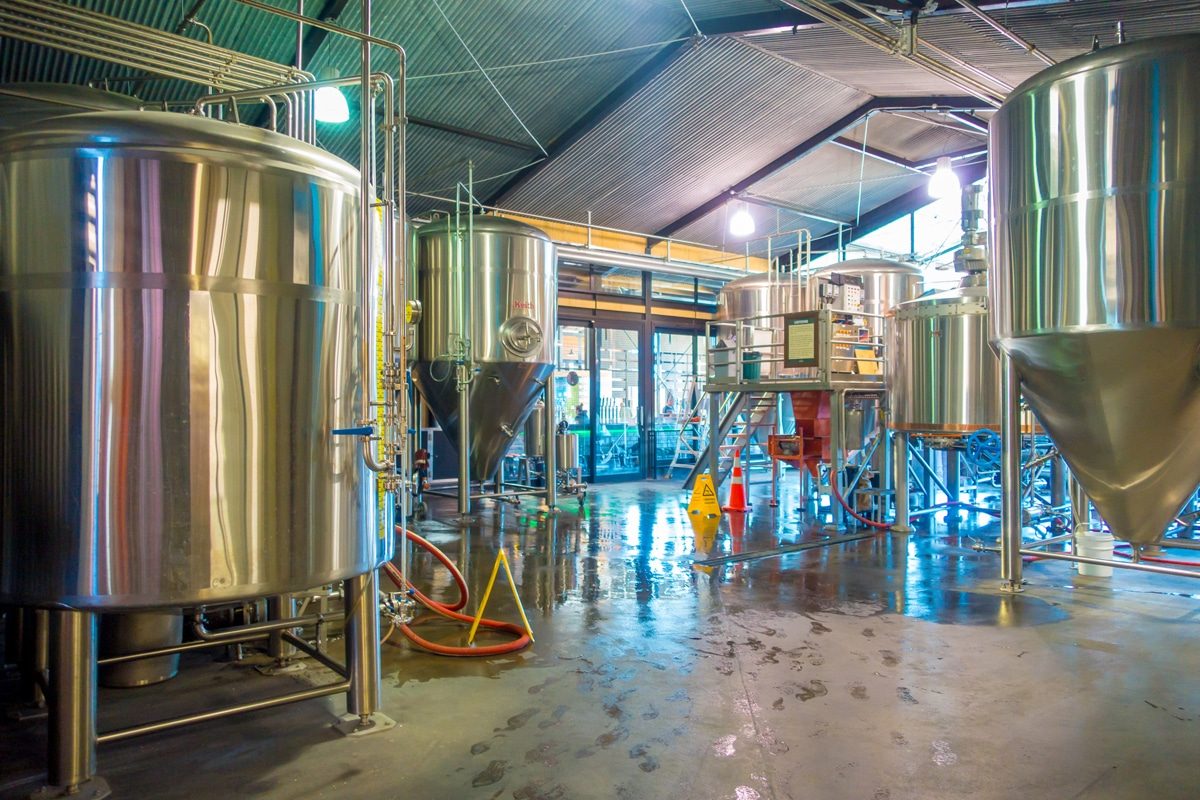
Summarize
In the realm of craft beer, success is a delicate blend of artistry, innovation, community connection, and unwavering dedication to quality. A successful brewery doesn’t just brew beer, it crafts experiences, builds relationships, and leaves a lasting impression on its patrons. From the art and science of brewing to the warmth of hospitality and the strategic prowess of marketing, successful breweries master every aspect of their craft to stand out in a crowded market. As we reflect on the elements that contribute to brewery triumph, it becomes evident that success is not a destination but a journey, one that requires continual evolution, adaptation, and a relentless pursuit of excellence. In the end, it’s the breweries that embrace creativity, forge strong community connections, innovate fearlessly, and prioritize customer satisfaction that emerge as beacons of success in the ever-evolving world of craft beer.
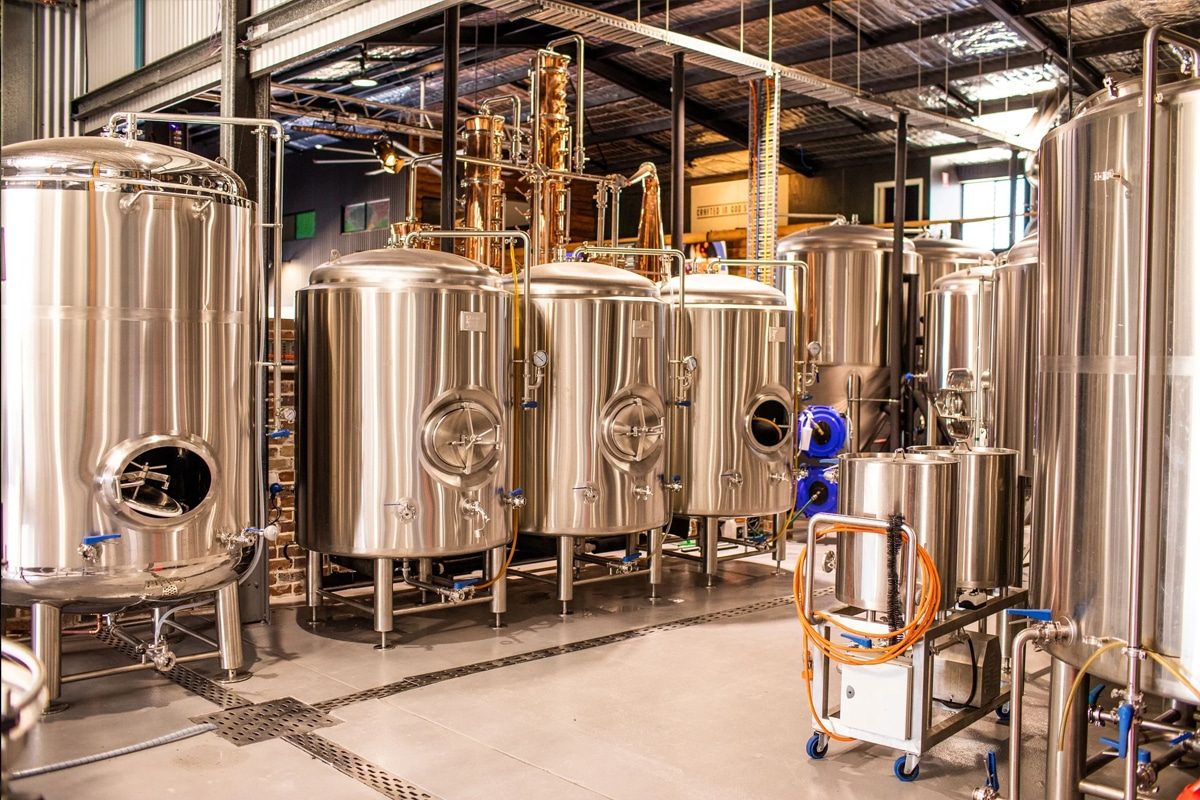
Get A Turnkey Brewery Solutions
In the competitive landscape of the craft beer industry, aspiring brewers often face daunting challenges when establishing a brewery. From navigating the complexities of equipment purchasing to mastering the intricacies of brewery operations, the road to success can be filled with obstacles. However, there is a solution that can simplify the process and accelerate your brewery’s journey to success: turnkey brewery solutions.
In the competitive, fast-paced world of craft beer, time is of the essence and efficiency is of the essence. Turnkey brewery solutions provide a simplified path to success, providing breweries with everything they need to turn their beer dreams into reality. By leveraging the expertise, efficiency, and comprehensive support provided by a turnkey solution, aspiring brewers can focus on what really matters: brewing exceptional beer and delighting customers. As you embark on your brewery journey, consider the benefits of a turnkey solution in unlocking your brewery’s full potential and achieving success in the ever-evolving craft beer industry.



